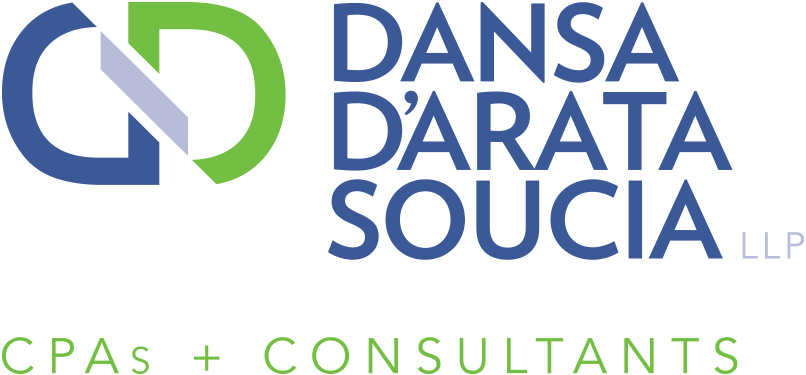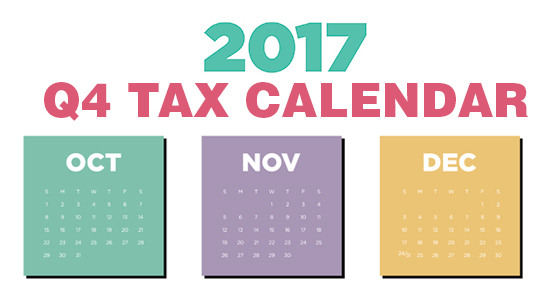Bridging the divide with a mezzanine loan

In their efforts to grow and succeed, many companies eventually reach the edge of a precipice. Across the divide lies a big step forward — perhaps the acquisition of a competitor or the purchase of a new property — but, financially, there’s no way across. The money is just not there.
One way to bridge that divide is with a mezzanine loan. These instruments (also known as junior liens and second liens) can bridge financing shortfalls — so long as you meet certain qualifications and can accept possible risks.
Debt/equity hybid
Mezzanine financing works by layering a junior loan on top of a senior (or primary) loan. It combines aspects of senior secured debt from a bank and equity obtained from direct investors. Sources of mezzanine financing can include private equity groups, mutual funds, insurance companies and buyout firms.
Unlike bank loans, mezzanine debt typically is unsecured by the borrower’s assets or has liens subordinate to other lenders. So the cost of obtaining financing is higher than that of a senior loan.
However, the cost generally is lower than what’s required to acquire funding purely from equity investment. Yet most mezzanine instruments do enable the lender to participate in the borrowing company’s success — or failure. Generally, the lower your interest rate, the more equity you must offer. Importantly, mezzanine debt may even convert to equity if the borrower doesn’t repay it on time.
Advantages and drawbacks
The primary advantage of mezzanine financing is that it can provide capital when you can’t obtain it elsewhere or can’t qualify for the amount you’re looking for. This is why it’s often referred to as a “bridge” to undertaking ambitious objectives such as a business acquisition or desirable piece of commercial property. But mezzanine loans aren’t necessarily an option of last resort. Many companies prefer the flexibility of these loans when it comes to negotiating terms.
Naturally, mezzanine loans have drawbacks to consider. In addition to having higher interest rates, mezzanine financing has a few other potential disadvantages. Loan covenants can be restrictive. And though some lenders are relatively hands-off, they may retain the right to a significant say in company operations — particularly if you don’t repay the loan in a timely manner.
Mezzanine financing can also make an M&A deal more complicated. It introduces an extra interested party to the negotiation table and can make an already tricky deal that much harder.
Best financing decisions
If your company qualifies for mezzanine financing, it might help you close a deal that you otherwise couldn’t. But there are other options to consider. We can help you make the best financing decisions.
© 2017




 “We love our customers!” Every business owner says it. But all customers aren’t created equal, and it’s in your strategic interest to know which customers are really strengthening your bottom line and by how much.
“We love our customers!” Every business owner says it. But all customers aren’t created equal, and it’s in your strategic interest to know which customers are really strengthening your bottom line and by how much.
 You’ve probably heard the term and wondered whether it could happen to your company. Maybe it already has. We’re referring to “digital disruption” — when new technologies and business models affect the value proposition of existing goods and services.
You’ve probably heard the term and wondered whether it could happen to your company. Maybe it already has. We’re referring to “digital disruption” — when new technologies and business models affect the value proposition of existing goods and services. Charitable giving allows you to help an organization you care about and, in most cases, enjoy a valuable income tax deduction. If you’re considering a large gift, a noncash donation such as appreciated real estate can provide additional benefits. For example, if you’ve held the property for more than one year, you generally will be able to deduct its full fair market value and avoid any capital gains tax you’d owe if you sold the property. There are, however, potential tax pitfalls you must watch out for:
Charitable giving allows you to help an organization you care about and, in most cases, enjoy a valuable income tax deduction. If you’re considering a large gift, a noncash donation such as appreciated real estate can provide additional benefits. For example, if you’ve held the property for more than one year, you generally will be able to deduct its full fair market value and avoid any capital gains tax you’d owe if you sold the property. There are, however, potential tax pitfalls you must watch out for: